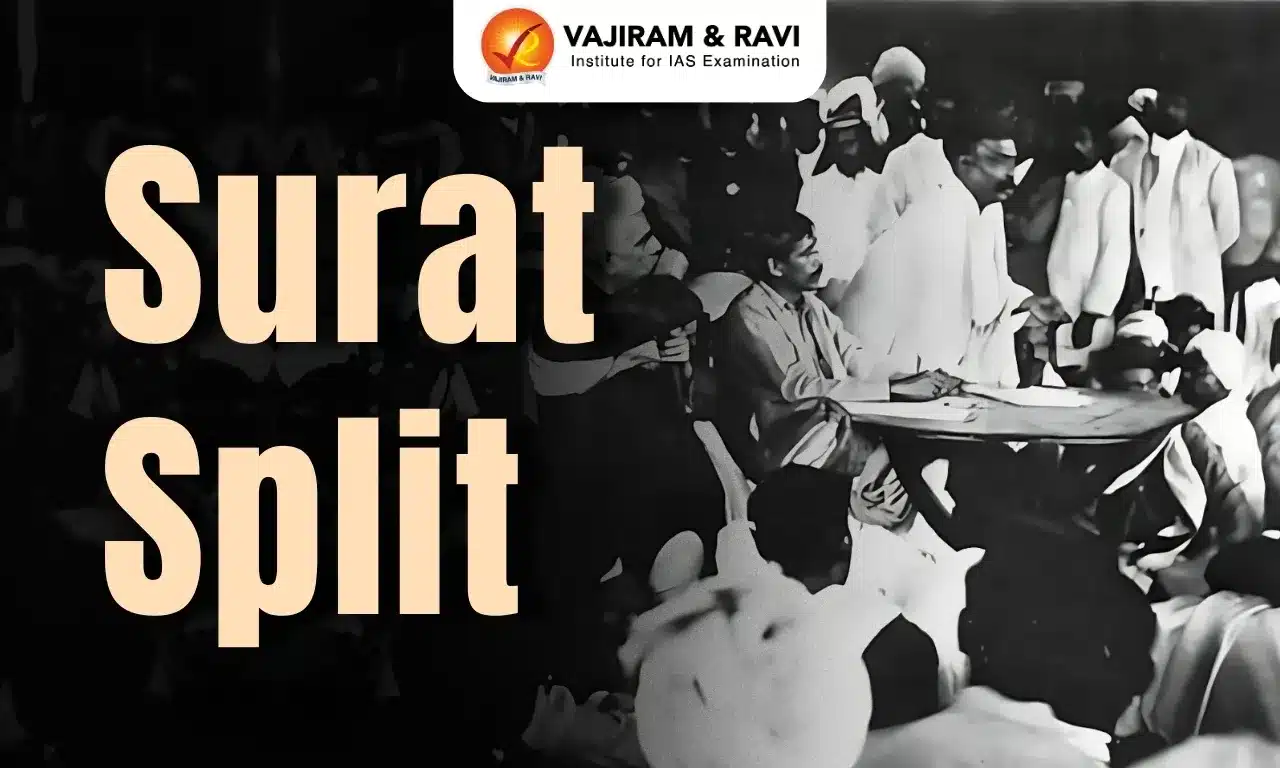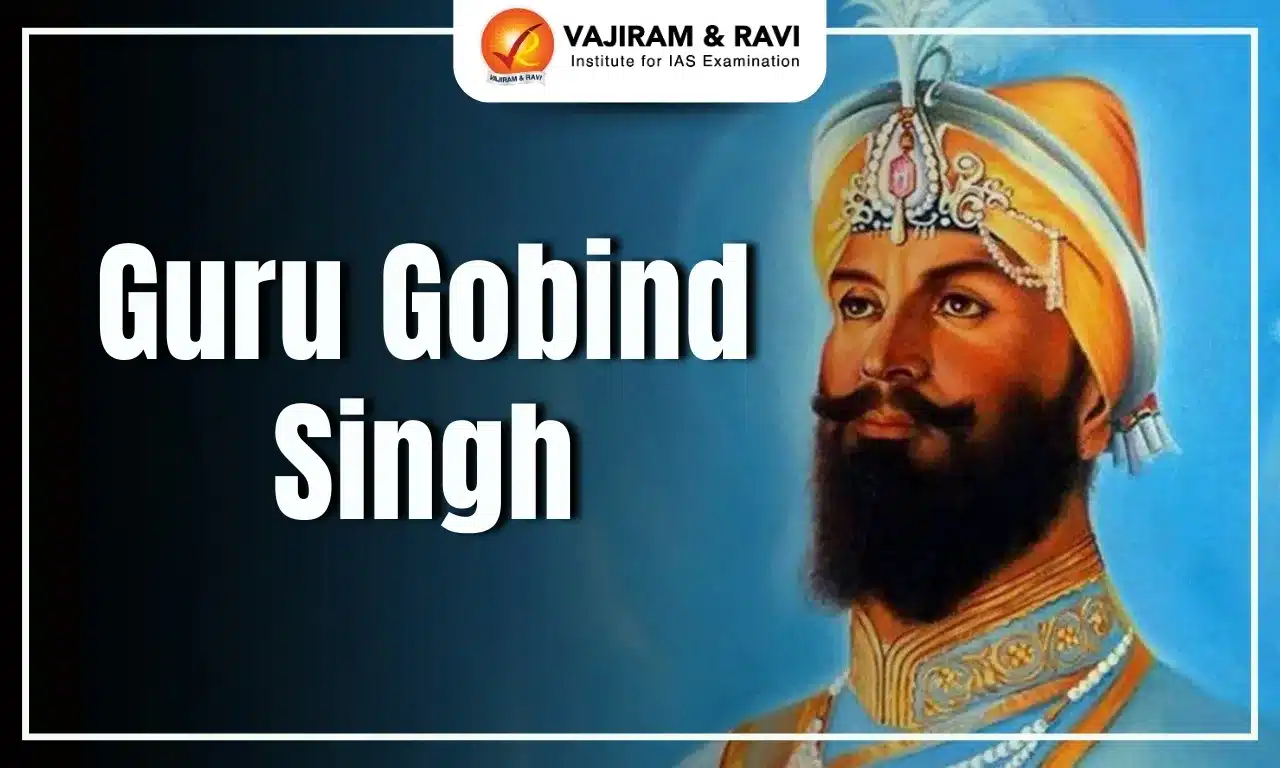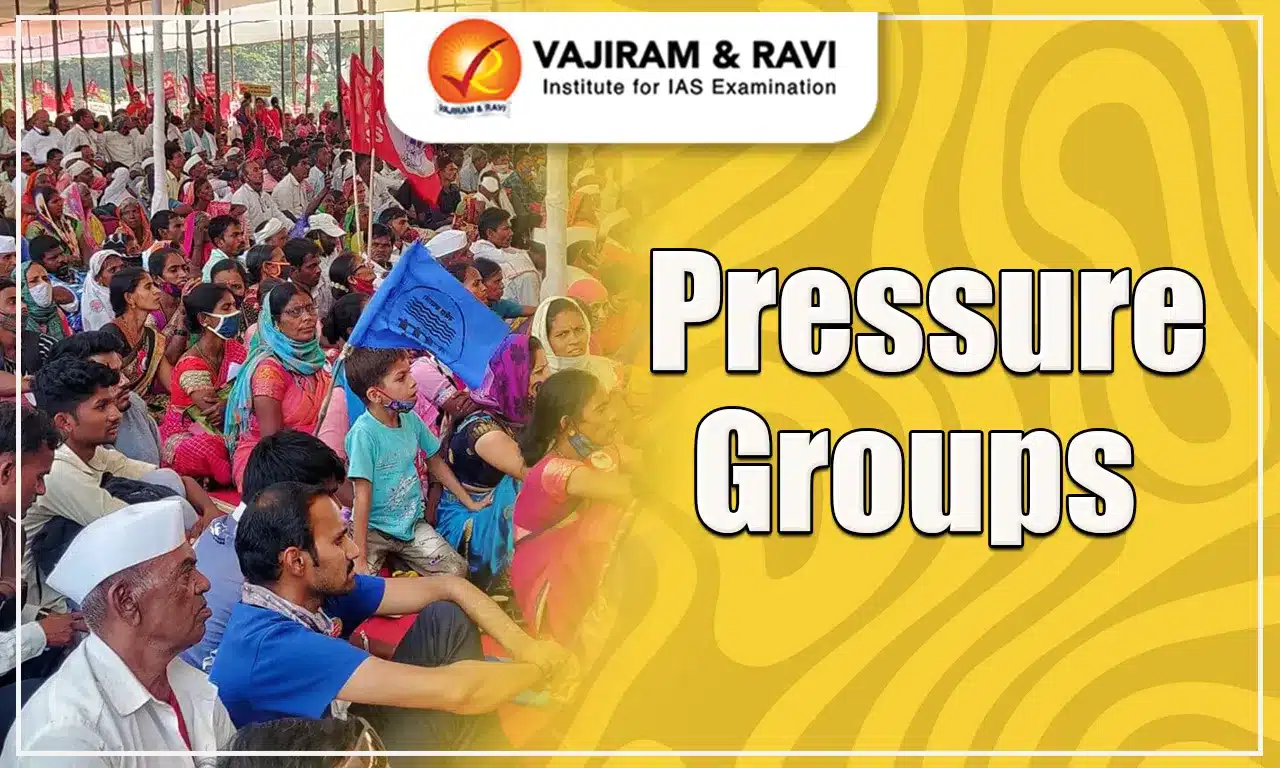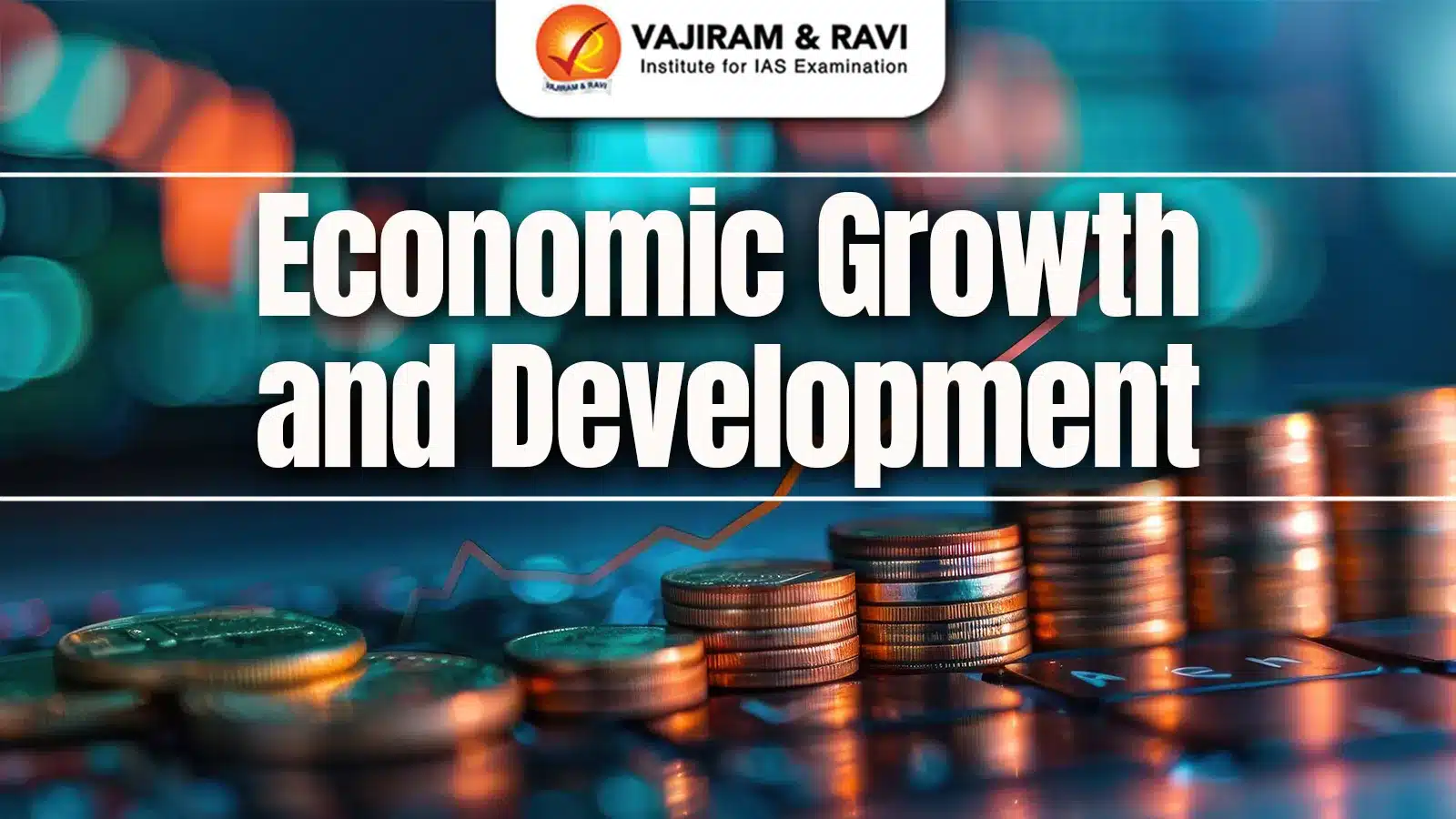Surat Split was the division of the Indian National Congress (INC) into two groups i.e. Moderates and Extremists at the Surat session in 1907. Surat Split was the result of deep ideological divisions between the Moderates, led by Gopal Krishna Gokhale, and the Extremists, led by Bal Gangadhar Tilak. The Moderates preferred gradual reforms through constitutional means, while the Extremists advocated for direct action, including the Swadeshi movement and boycotts against British rule.
Surat Split reflected growing differences between Moderates and Extremists over British colonial policies, particularly after the Partition of Bengal in 1905. The split had a significant impact on the future course of Indian nationalism, delaying coordinated efforts for self-rule.
Surat Split About
Surat Session of Congress was disrupted by Extremists advocating for Swaraj, Boycott, and national education resolutions in the background of the Bengal Partition 1905, while moderate leaders like Surendranath Banerjea and Gopal Krishna Gokhale advocated for a softer approach. The Session disintegrated into confusion, leading to its suspension.
- Surat Split: At the Surat session of the Indian National Congress (INC) in 1907, held on the banks of the Tapti River, the INC split into two factions: extremists and moderates.
- Division in Congress: It divided the Moderates, led by Gopal Krishna Gokhale, advocating for gradual reforms, from the Extremists, led by Bal Gangadhar Tilak, Bipin Chandra Pal, and Lala Lajpat Rai, who favoured direct action and the Swadeshi movement against British rule.
Surat Split Background
Surat split arose from long-standing ideological disagreements and dissatisfaction with British responses to Indian reform demands. In 1905, the Banaras session of the Indian National Congress (INC), led by G K Gokhale, discussed the Bengal partition issue. The INC's role in handling the Bengal partition was the primary cause of the split.
- Differences over Arundel Commission: The commission was appointed to review the Partition of Bengal, with Moderates believing it was due to the British government's benevolent attitude.
- However, Extremists believed the Arundel Commission was a result of pressure from the Swadeshi Movement.
- Method of Protest: Both Moderates and Extremists supported Swadeshi and boycott. But Extremists aimed for a mass struggle, while Moderates remained loyal to the British administration and restricted boycotts to Bengal and foreign goods.
Surat Split Causes
Surat Split was the result of several factors, each of which contributed to the growing disagreement between the Moderates and Extremists within the Congress. The primary causes are outlined below.
- Ideological Differences: The Moderates, led by Gopal Krishna Gokhale, favoured constitutional methods, petitions, and dialogue with the British, aiming for gradual reforms within the colonial framework.
- In contrast, the Extremists, led by Bal Gangadhar Tilak, Lala Lajpat Rai, and Bipin Chandra Pal, advocated for direct action, such as the Swadeshi Movement, boycotts, and resistance to British rule.
- Partition of Bengal (1905): It was viewed as a strategy to foster religious divisions and undermine Indian unity. While the Extremists were vehemently opposed to partition and advocated for a boycott of British goods, the Moderates preferred a more measured response.
- Leadership Conflict: Leadership disagreements strained relationships within Congress. The Extremists were successful in electing Dadabhai Naoroji as Congress President in 1906 but were unsuccessful in 1907 when the Moderates pushed for Rash Behari Ghosh, escalating the factional conflict.
- The meeting was originally scheduled for Nagpur but was moved to Surat to prevent Tilak from presiding.
- Personal Rivalry and Mistrust: Leaders' mistrust fuelled the split. Extremists, such as Tilak and Pal, were sceptical of the Moderates' approach, which they saw as overly accommodating to the British, whereas the Moderates saw the Extremists as reckless.
- British repression: British repression, including the arrest of extremist leaders such as Tilak, widened the divide. Fearful of further crackdowns, the Moderates sought a conciliatory approach, whereas the Extremists believed that a stronger stance was required.
Differences between Moderates and Extremists
The Differences between Moderates and Extremists in India's independence movement highlight contrasting approaches to achieving self-rule. While Moderates favoured constitutional methods and gradual reforms, Extremists advocated for direct action and immediate independence through protests and boycotts.
|
Aspect |
Moderates |
Extremists |
|
Approach to British Rule |
Supported gradual reforms through constitutional methods and dialogue. |
Advocated for direct action (e.g., boycotts, protests) to achieve self-rule. |
|
Key Leaders |
Gopal Krishna Gokhale, Dadabhai Naoroji, Pherozeshah Mehta. |
Bal Gangadhar Tilak, Bipin Chandra Pal, Lala Lajpat Rai. |
|
Goals |
Gradual political reforms and increased Indian participation in governance. |
Immediate Swaraj and full independence. |
|
Methods |
Petitions, resolutions, negotiations. |
Swadeshi movement, boycotts, strikes, mass protests. |
|
Response to Repression |
Advocated patience and continued dialogue. |
Responded with mass protests and aggression. |
|
Social Base |
Educated middle class and professionals. |
Youth, lower middle class, and peasants. |
Surat Split Impacts
Surat Split weakened the INC, and while Rabindranath Tagore attempted to unite Moderates and Extremists after the split. The 1908 Allahabad convention's resolutions to disqualify the Congress's Extremist section exacerbated the situation. The consequences are discussed below in detail:
- Weakened Congress: The split between the Moderates (favouring gradual reforms) and Extremists (seeking immediate self-rule) weakened the Congress, delaying a unified front against British rule.
- Strengthening Extremism: Although the Extremists were temporarily ousted, leaders like Bal Gangadhar Tilak gained mass support, pushing for direct action and Swaraj.
- British Advantage: The split allowed the British government to suppress the Extremists and stall the momentum of the independence movement. The Government passed various acts to curb the growth of the national movement:
- Seditious Meeting Act (1907)
- Criminal Law Amendment Act (1908)
- Indian Newspapers (Incitement to Offenses) Act (1908)
- Explosive Substances Act (1908)
- Indian Press Act (1910)
- Minto-Morley Reforms: The Surat Split was a driving force behind the 1909 Minto-Morley Reforms, which aimed to appease the Moderates and divide the nationalist movement.
- Retirement of Extremist Leaders: Aurobindo Ghosh and Bipin Chandra Pal, two towering leaders, also retired. Bal Gangadhar Tilak, an extremist leader, was sentenced to six years in Mandalay jail. Lala Lajpat Rai departed for Britain.
- Emergence of New Leadership: The split paved the way for Mahatma Gandhi, whose nonviolent resistance and civil disobedience strategy united both factions and provided a common platform for collective action in the freedom struggle.
- Impact on Future Movements: The split influenced future movements like the Non-Cooperation, Civil Disobedience, and Quit India Movements, which blended moderate and radical strategies, reflecting lessons from the split.
- Impact on Indian Nationalism: The split contributed to a broader, more radical form of nationalism, emphasizing mass mobilization and direct action, which became central to the independence movement in subsequent decades.
Surat Split and Lucknow Pact
Surat split was a national misfortune as extremists left Congress, negatively impacting moderates. Both were considered the brain and soul of the Indian nation. The Indian national movement was thought to have stalled for a while. The Extremists' principles and rebellious actions inspired Indian citizens to oppose the British. In 1916, Moderates and Extremists reunited after 8 years at the Lucknow session by signing the Lucknow Pact of 1916.
Surat Split PYQs
Question 1: What was the main reason for the split in the Indian National Congress at Surat in 1907? (UPSC Prelims 2016)
(a) Introduction of communalism into Indian politics by Lord Minto
(b) Extremists’ lack of faith in the capacity of the moderates to negotiate with the British Government
(c) Foundation of Muslim League
(d) Aurobindo Ghosh’s inability to be elected as the President of the Indian National Congress
Answer: (b)
| Other Related Posts | |
| Extremist Phase of Indian National Congress | Bal Gangadhar Tilak |
| Chapekar Brothers | Aurobindo Ghosh |
| Bipin Chandra Pal | Alipore Conspiracy Case |
| Lala Lajpat Rai | Surat Split |
Last updated on December, 2025
→ Check out the latest UPSC Syllabus 2026 here.
→ Join Vajiram & Ravi’s Interview Guidance Programme for expert help to crack your final UPSC stage.
→ UPSC Mains Result 2025 is now out.
→ UPSC Notification 2026 is scheduled to be released on January 14, 2026.
→ UPSC Calendar 2026 is released on 15th May, 2025.
→ UPSC Prelims 2026 will be conducted on 24th May, 2026 & UPSC Mains 2026 will be conducted on 21st August 2026.
→ The UPSC Selection Process is of 3 stages-Prelims, Mains and Interview.
→ UPSC Result 2024 is released with latest UPSC Marksheet 2024. Check Now!
→ UPSC Toppers List 2024 is released now. Shakti Dubey is UPSC AIR 1 2024 Topper.
→ Also check Best IAS Coaching in Delhi
Surat Split FAQs
Q1. What was the reason for the Surat Split?+
Q2. What is the date of the Surat Split?+
Q3. Who was the president of the Surat Split in 1907?+
Q4. Who was the governor general during the Surat Split?+
Q5. Which group dominated the Congress after it split in 1907?+

















